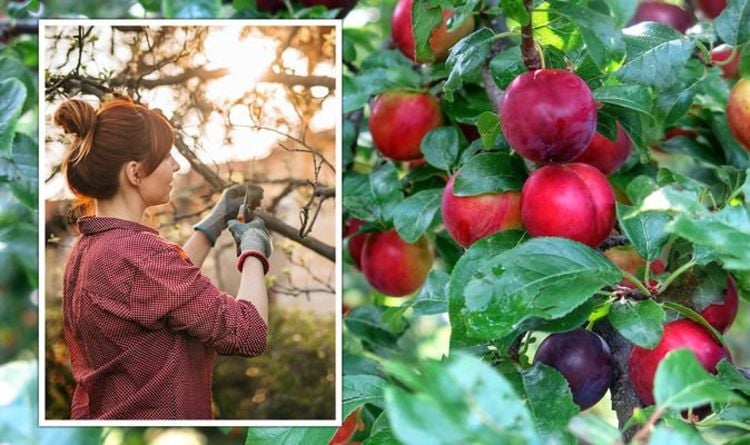Table of Contents
Plums are perfect garden trees; they are beautiful, fruitful, and easy to grow and maintain. But when you are new to plum gardening, pruning can be a little tricky. Even if you do not prune your plum trees, they will grow and bear fruits. But pruning makes them thrive. Pruning helps plum trees to grow to their full potential and bear maximum fruits.
Pruning your plum tree is easier than you think. You just need to know how. This guide will help you to know how and when to prune plum trees in the UK. Plum trees are pruned according to their growth. There are two methods, one to follow when they are young and the other one for when they are established.
Keep reading to know when to start, with what equipment, and how to master the art of pruning your plum trees for their healthy growth.
When to Prune Plum Tree
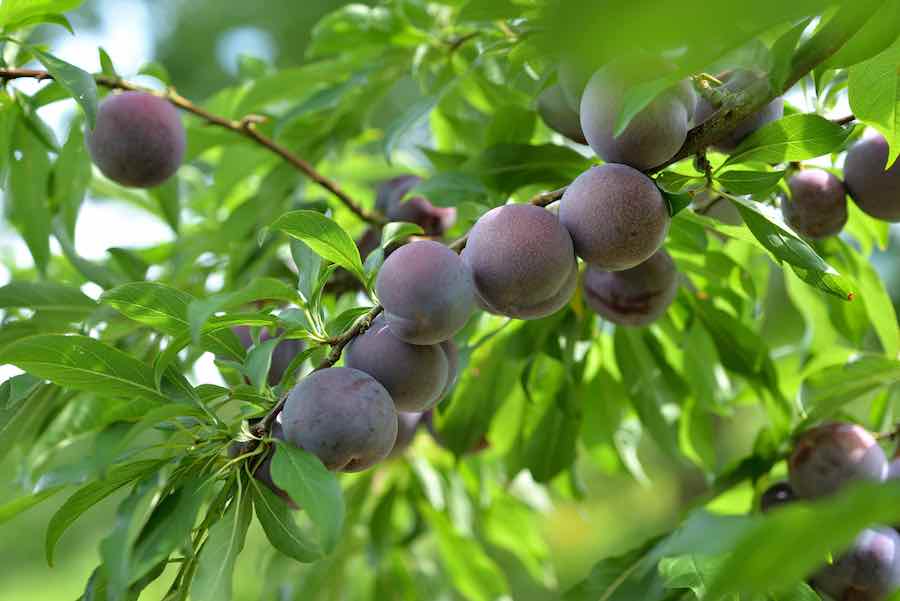
The ideal time to prune a plum tree is during summer when the trees are strong, rich, and thriving. At this time, the tree is devoted to growth, so they can recover very quickly, and they are less resilient to catching fungi and disease. It’s not the same during winter and fall because, at that time, the tree is dry and rich in oxygen, which makes it very vulnerable to fungi.
Plum trees are very sensitive to a fungal disease called silver leaf, which is why pruning them during a hot summer day is recommended for their protection. It is also important to know the growth of the plant and at which stage of growth it is in to know when to prune them. In younger plants, it is recommended to prune in early spring, just before the flowering season begins. And established plum trees can be pruned in midsummer without any worries of exposing the trees to fungal disease.
If you are pruning your plum tree to control their height and keep them short, prune them in early summer. If you do it in winter and do not wait for summer to cut the branches short, it will be of no use because the tree will start growing more aggressively when it wakes up during spring.
All in all, never prune your plum trees in winter because the open wounds on the plum tree become a breeding place for fungus and bacteria, which can harm and exploit trees to a great extent. Unless you have a rotten, diseased, or broken branch, get rid of it immediately, regardless of the season. If you spot fungus, cut it off!
How to Prune Plum Tree
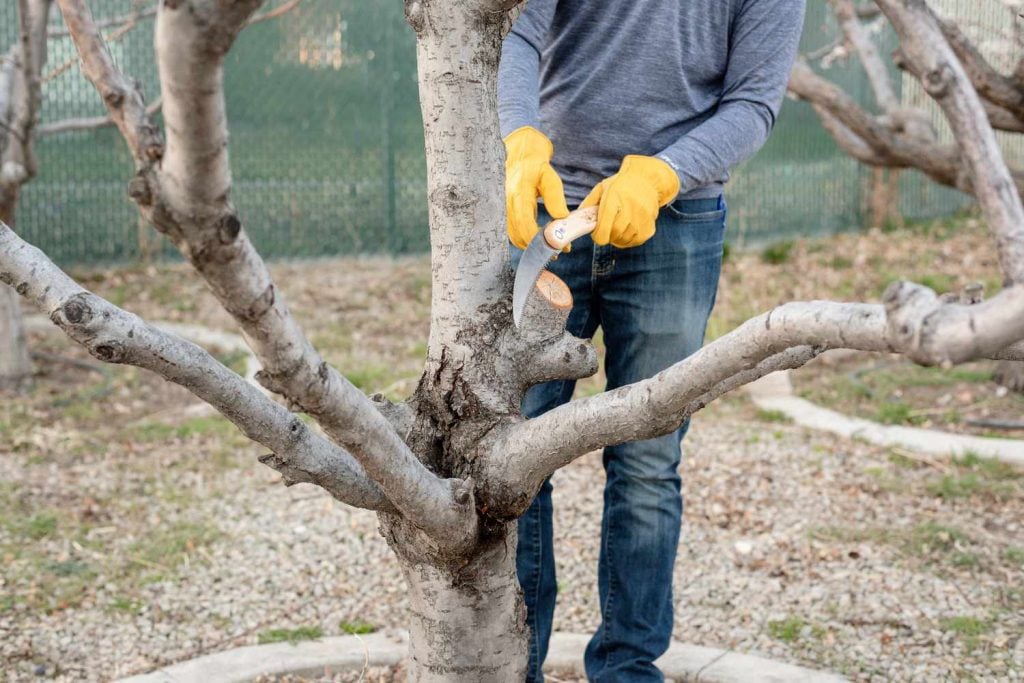
The method of pruning a plum tree depends on how young or old the plant is. Pruning in the first two years of the plantation is more about giving the tree a structure, and then in the later years; it is more about maintaining and protecting the tree.
1. Pruning Plum Trees in Their First Year
Pruning a young plum tree gives it a good start to grow to its best potential. Prune them in a vase format, which is a short trunk with four to five branches coming out of the trunk at a 45-degree angle. Keep the best four branches and cut down every other, keep in mind to keep an equal distance between each of them. Shorten these four branches to reduce their length, but make sure to keep at least two buds on each of the branches.
Trim the young plants in this structure only with the help of sterilized sharp shears. Pruning the plant like this will allow a lot of air and light into the tree. This circular arrangement of string branches is also called “scaffold whorl”.
2. Pruning Plum Tree in Its Second Year
Pruning the plum tree in its second year will be quite similar. Here, we will create a second circular arrangement of strong branches, starting a foot above where the topmost branch of the previous one starts. You have to repeat the process of selecting the best four strongest ones, but this time you also have to take into consideration the location of the branches of the first scaffold. Make sure the branches of the two scaffolds are not directly placed above each other because, in the future, they may intersect and hinder growth.
While arranging the second set of circular branches, prune back the branches in the first one too. The branches of the second scaffold will still be shorter than the first one giving it a Christmas tree-like look.
3. Pruning an Established Plum Tree
The first two years of pruning the plum tree decide its structure. Now once the tree reaches your desired height, your job is to maintain it. Prune every summer not to overcrowd the canopy of the tree. Make new cuts back outwards to start the new growth from the centre; this will enhance the shape and won’t overcrowd the tree. Do not cut off the fruit buds while pruning. Look out for fruit buds and their groups and leave them alone to grow into juicy fruits.
4. Fruit Thinning
Trees often set more fruits than they can support and develop to full size. That is why fruits should be thinned in spring to avoid limb breakages and encourage good-quality plum production. Reduce the number of fruits on the tree when they are at the pre-stage of ripening, keep the best fruits on the tree, and cut the extra. This may not seem right as it reduces the total yield, but this will help you get the best quality and size of the remaining fruits.
When the fruits are ready, pick them with your hands by twisting with forefinger and thumb from the branch or use spears if the branches are thick. If you don’t do it on time, the plant may abort the fruit to put off the load. Some trees may produce a good crop every alternate year; the tree may bear heavily one year and then very light the next one. Thinning the fruits will help the tree to correct this habit.
Why Prune Plum Trees?
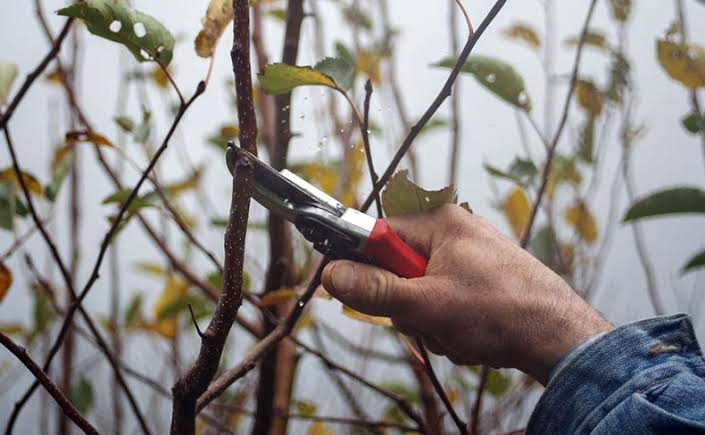
Here are some of the reasons why we should prune plum trees:
- To remove the dead branches or the diseased stem. They will not let new branches grow and may promote rot.
- To give a defined shape to your plum tree, which allows enough sunlight and air circulation. This makes your garden look organized and your trees tidy.
- To make a sturdy structure of branches and prepare them to bear loads of fruits and not break by their weight.
- Pruning stimulates a strong and healthy new growth of the tree, which encourages full growth and production of good quality plums.
Tools You Need to Prune Plum Trees
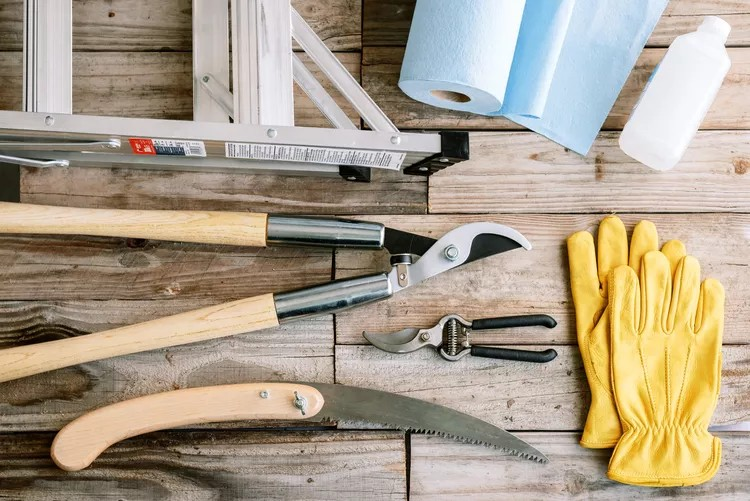
If you already have pruning tools, use that. But if you are buying new, make sure to buy tools that are good in quality because you can use them anytime for pruning all types of trees.
- Pruning shears– Hand tool to help you cut small branches, twigs, foliage, or soft shoots. This generally helps with the young plants while dealing with the smaller parts.
- Garden gloves– These are obligatory to protect your hands from cuts and bruises while pruning bushy growth. Use them especially while dealing with a diseased tree, as your skin may get itchy with direct contact.
- Pole tree pruner– This is a pruner with a long handle to access the uppermost branches of the tree without climbing on the ladder.
- Pruning saw– A curved saw which is useful when you need to cut down some tough deceased branches.
- Orchard loopers– They are like shears, but these are for tougher branches. They are more efficient and faster than the shears while pruning the annual plant growth.
Top 6 Pruning Tips
- Prune the plum trees till you can see through them.
- Make cuts according to how you want your plum trees to grow. The cuts will decide the direction of the new growth and shape the trees.
- Cut the tall branches down in height so when the fruits come, they can be easily reached.
- Prune the lower branches by keeping them parallel to the ground, and make upward-facing cuts to encourage upright growth.
- Remove the branches that are crossing each other.
- Keep cleaning your spears with sterilizing spray and paper towel frequently while pruning trees.
Summing Up
All in all, learning how and when to prune the plum trees in the UK is an ongoing method. You always learn more with each passing year, so it’s ok if you make some mistakes initially; you will learn as your trees grow how, when and why pruning the plum tree will help you make the best decisions for the perfect growth of your trees. If you have just planted young plum trees and you are here to know when to start pruning, start right away, as now you know how.
Listen to your instincts while pruning because no two trees can grow the exact same way. The method we explained here is for general purposes, and you know your plant best. Pruning your plum trees can make a huge difference in the overall growth of the tree and the quality of the plums the tree produces.
So there is no reason to delay it anymore; start pruning your plum trees the right way today!

